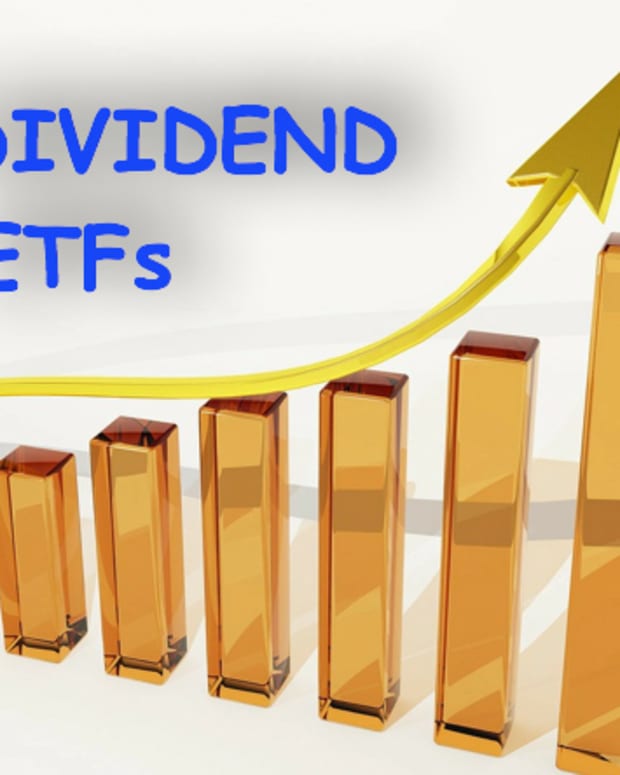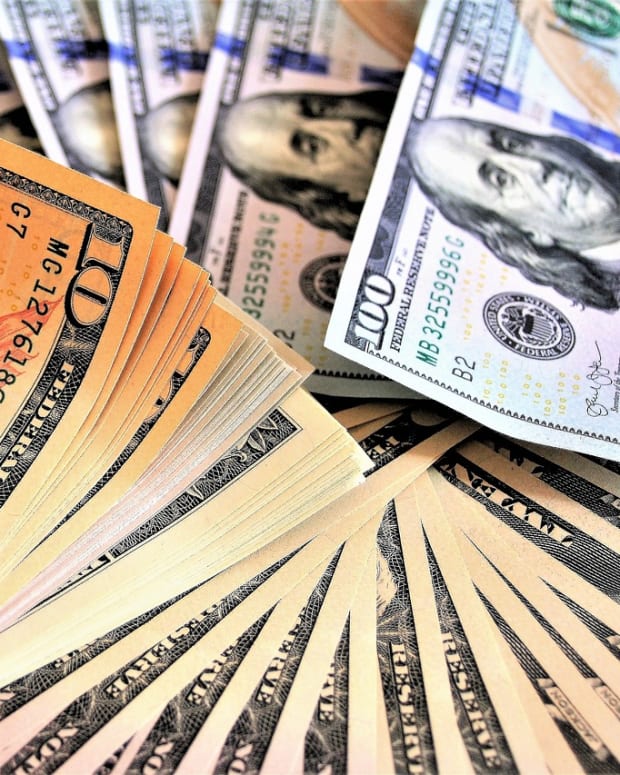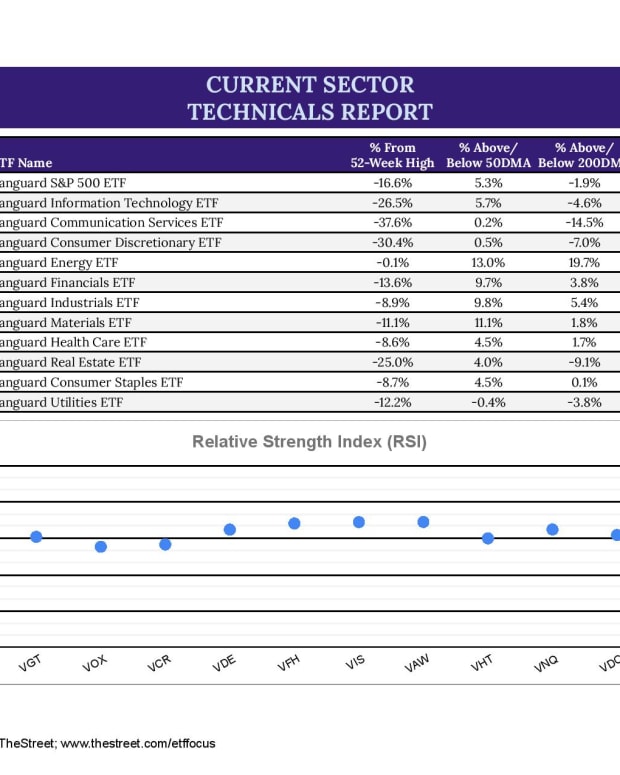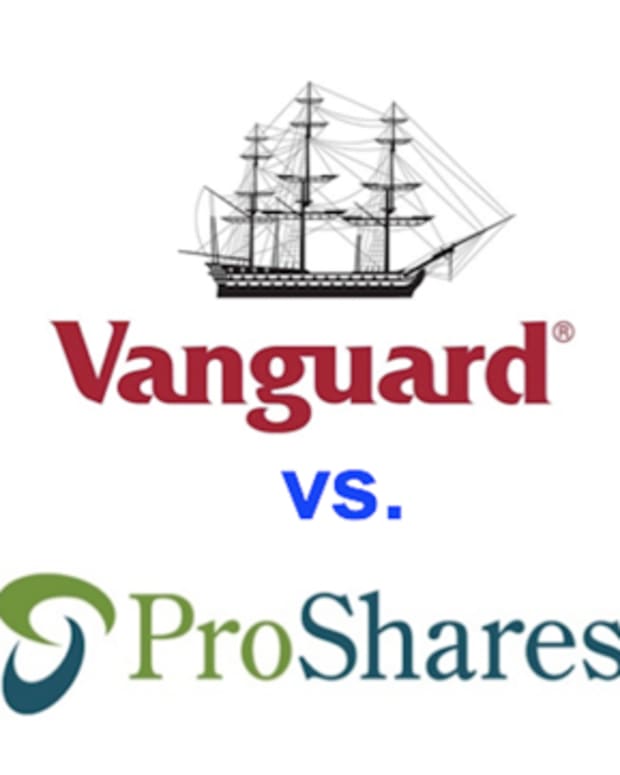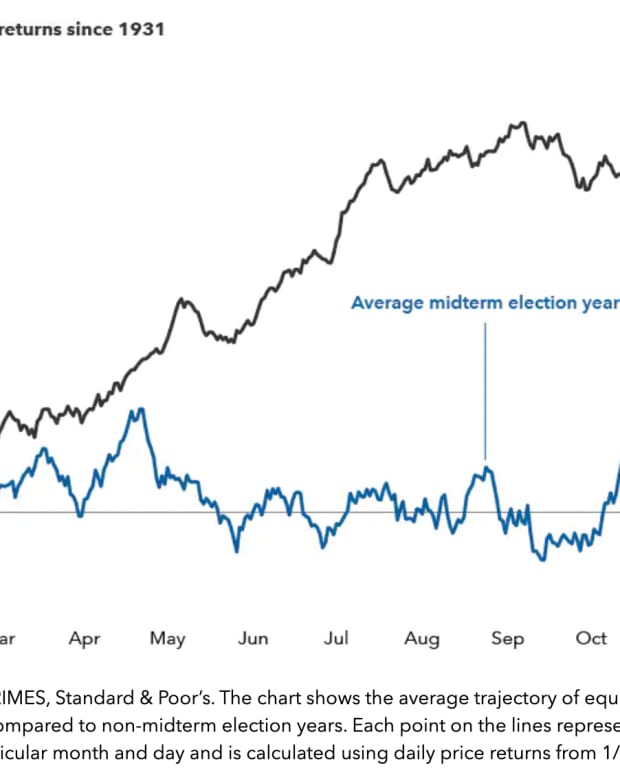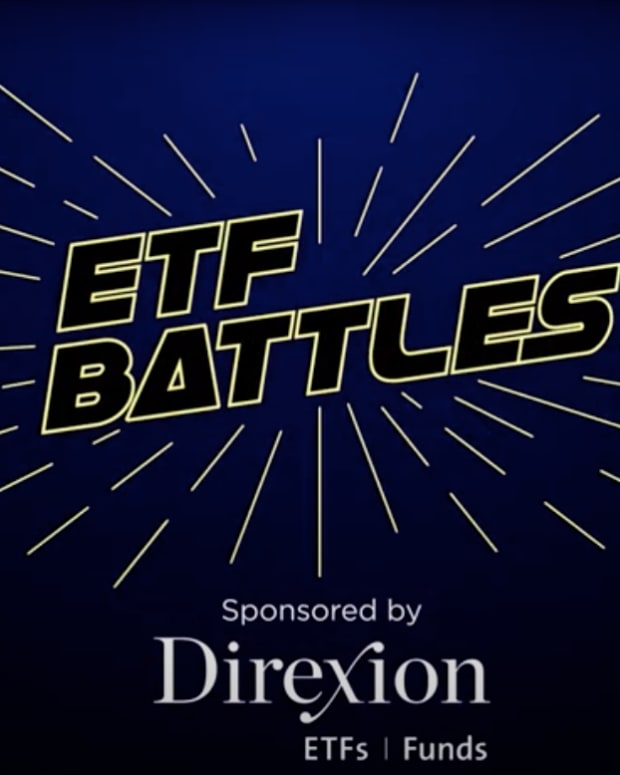
5 Dividend ETF Picks For November 2022
October has a reputation as one of the worst months of the year for equities. The numbers back that up, but October 2022 was actually a pretty good one for investors. There was some carnage in the tech space as Meta (META), Alphabet (GOOG), Amazon (AMZN) and Microsoft (MSFT) all saw their share prices take major hits around Q3 earnings reports.
Overall, however, it was mostly green. The S&P 500 is up around 6%, while the Russell 2000 small-cap index has gained more than 8%. With so much data painting a gloom & doom outlook, why were stocks suddenly ripping higher? I believe part of the reason is that there was already a "worst case scenario" getting baked into stock prices and sentiment had almost nowhere to go but up. Our old friend, the Fed pivot, made its way back into the narrative. Investors are starting to, again, talk themselves into the idea that the Fed is going to soon end its rate hiking cycle and become more accommodative in the future. It's the same thing that sparked the summer rally, but I'm not sure it's going to last this time around either.
Dividend stocks had a good month as well. Dividend growth and dividend quality both posted around 8% gains in October, but high yield in some cases added 10%. If you were a dividend income investor, returns were pretty consistently good across the board no matter where you put your money. Yields in the 3-4% can still be had in many ETFs, which is a welcome change after years of scraping by.
I'm worried that November could be a different story. This October rally has been enjoyable, but there's ample evidence to suggest it probably won't have legs. Tech earnings demonstrated consumer weakness everywhere - phones, tablets, services, ad revenues - and it would be unwise to think that weakness won't carry over elsewhere. The big retailers have already warned about revenues and persistently high inflation will keep putting the pressure on consumers to dial back their spending elsewhere.
That means I'm leaning more defensive in November. High yielders have shown some resilience throughout this year and managed to still outperform other dividend payers despite declining stock prices, but I think a tilt towards quality and low volatility might pay, well, bigger dividends in the coming month. I'm not crazy about international equities during the last two months of the year either. They've struggled to gain momentum for a long time and I don't see the catalyst that suddenly propels them into leadership.
With that in mind, here are my dividend ETF picks for November.
ProShares S&P 500 Dividend Aristocrats ETF (NOBL)
As far as conservative equity picks go, you're probably not going to find an ETF that fits the bill much more than NOBL. Of course, it invests exclusively in S&P 500 companies with at least a 25-year track record of consecutive annual dividend growth. On top of that, it equal weights the 60 or so names that qualify, adding another degree of diversification risk mitigation. Ideally, I look a little more favorably upon funds that take a bit more of a forward-looking approach instead of a backwards-only view, but the dividends here are pretty secure and there's enough diversification to limit any idiosyncratic risk.
NOBL only has 11% of assets invested in the combination of consumer discretionary and tech stocks, so there's very little in the way of growth exposure. That's a good thing because these two sectors are very out of favor at the moment and I don't see that changing in November. There is, on the other hand, a lot of consumer staples, healthcare and industrial names. The value and low volatility tilts should play well as recessionary risks grow.
FlexShares Quality Dividend Index ETF (QDF)
QDF is a bit of a riskier play, but the quality approach to security selection helps minimize any excessive risks. This fund takes the pool of dividend-paying stocks and analyzes them using metrics, such as management efficiency, profitability and cash flows. A dividend quality score is assigned with only the highest making the cut. From there, the portfolio is optimized to produce an above market yield with market-like risk.
As the global economy continues to deteriorate, focusing on stocks with healthy balance sheets and cash flows is going to be critical. The market has been shunning anything speculative or unprofitable and, while that didn't necessarily impact investors in October, it could have consequences as we close out the month. Tech makes up nearly 30% of QDF's portfolio, so there is some concern there, but I do think the quality tilt will play well.
WisdomTree U.S. Quality Dividend Growth ETF (DGRW)
DGRW might be the perfect balance between growth and quality within the dividend stock universe. It compiles a universe of mostly large- and mid-cap dividend payers that demonstrate the best combination of quality, measured by return on assets and return on equity, and growth, measured by long-term earnings growth expectations. Qualifying components are then weighted by aggregate cash dividends paid to shareholders.
There's a lot to like about a fund, such as DGRW, in this type of environment. It looks at several metrics to help ensure the company is well-positioned to weather any economic storm, while the cash dividends paid methodology of weighting the portfolio ensures that companies with the greatest ability to pay their dividends receive higher weightings in the portfolio. Tech, healthcare, consumer staples and industrials all receive weightings of 18-20% of the portfolio, so there's a nice balance between growth, defensive and cyclical assets.
Capital Group Dividend Value ETF (CGDV)
CGDV is part of Capital Group's active fund lineup that was just launched earlier this year. It invests in a broad group of large-cap dividend-paying stocks that collectively generate an above average yield while offering the opportunity for long-term growth of capital. It tilts a little more value than growth, so there is some positioning that I think will serve the fund well. It's heavily into mega-caps, however, and that's a group that has struggled a bit, as evidenced by the walloping most of the FAAMG names took recently.
If you scan through the top holdings, you see names, such as Microsoft, Philip Morris, Raytheon, Abbott Labs and UnitedHealth Group. These are some of the economy's stodgier and more mature names that should hold up relatively well if the market begins pulling back again. If October's rally is more of a bear market bounce, which I suspect it is, these companies are big cash generators with built-in consumer demand. The active management aspect of CGDV could really pay off in this environment.
Pacer Global Cash Cows Dividend ETF (GCOW)
Pacer gets most of the attention with the Pacer Cash Cows 100 ETF (COWZ), but GCOW has had quite a year in its own right. The high free cash flow yield strategy that Pacer uses in several of its funds has a terrific long-term track record, but it's been years since it really paid off. When investors focus almost entirely on large-cap tech and growth, it's tough for more defensive, quality-oriented strategies to break through.
But break through they did in 2022. They've outperformed the S&P 500 by a wide margin this year and GCOW has shown up near the top of my monthly top dividend ETF performers lists multiple times. The 75-80% asset allocation to non-U.S. companies hasn't necessarily helped this year, but the focus on strong cash flow generators has been exactly what investors have wanted this year. The free cash flow yield strategy shouldn't just be a one-year wonder thing either. This could be an ideal long-term portfolio holding with a current yield of more than 6% and a P/E ratio of just 7.
Read More…
Best Ultra Short-Term Bond ETFs
QQQ vs. QQQM vs. QQQJ: What To Expect From The Big 3 Nasdaq ETFs
VTI vs. ITOT: Comparing The Vanguard & iShares Total Market ETFs





